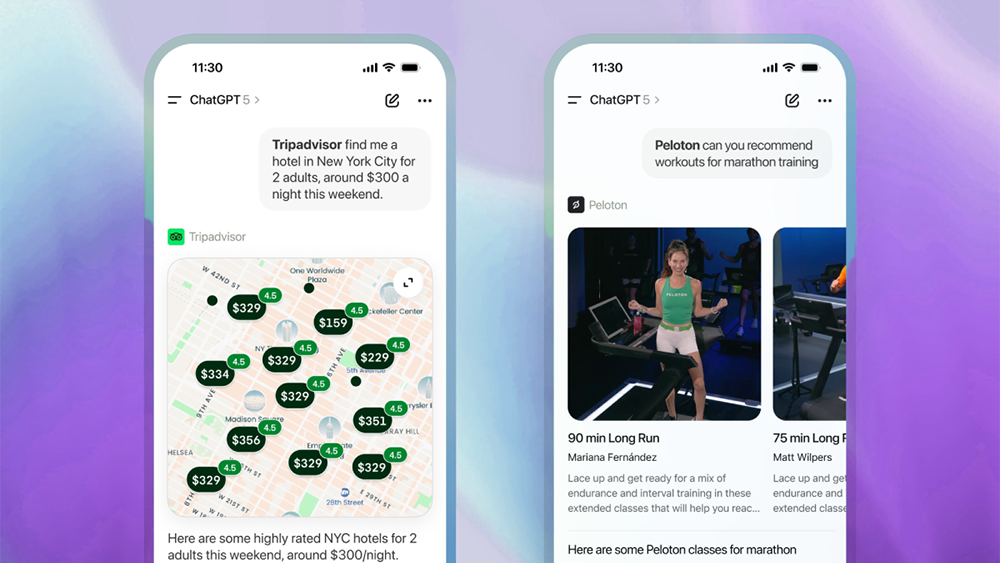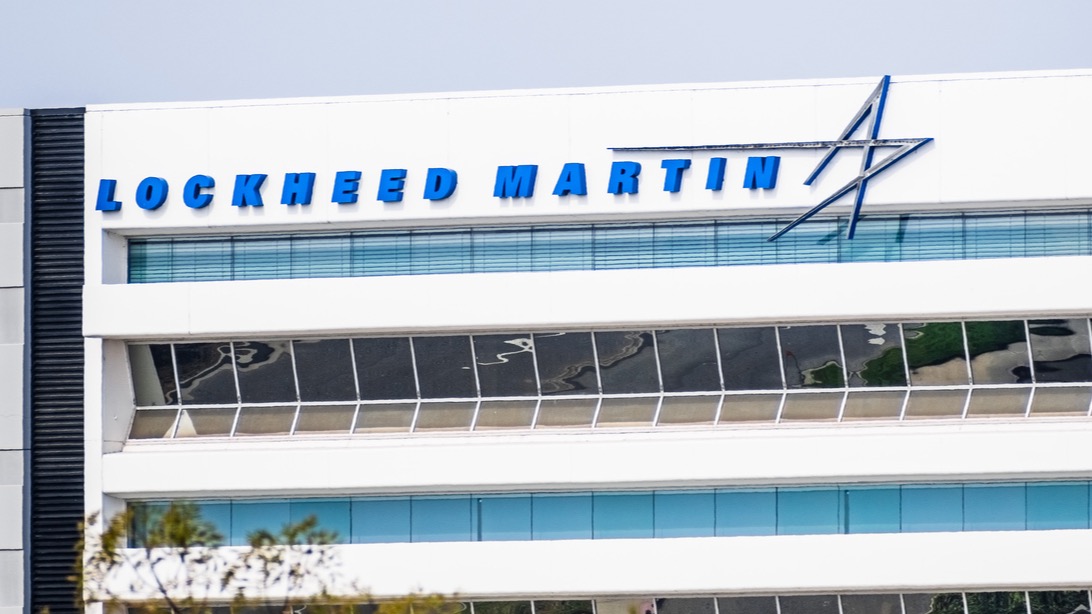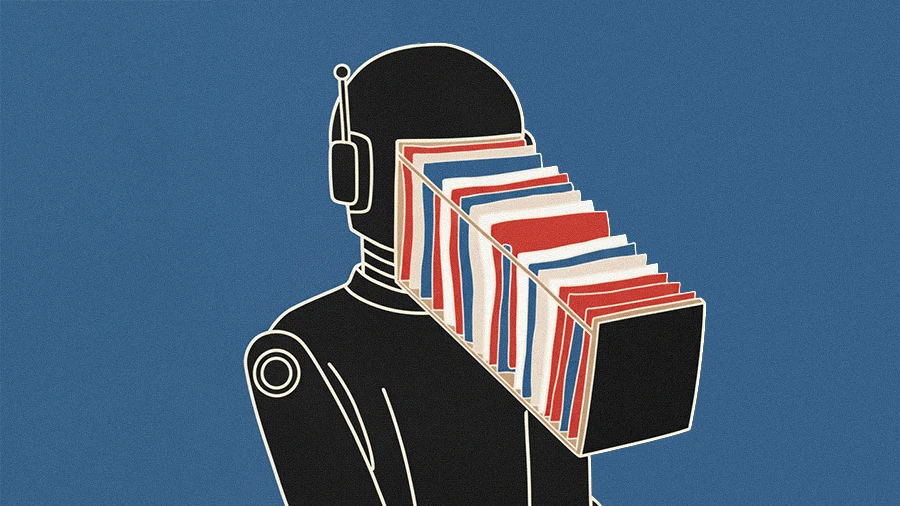
Key Points
Enterprise leaders are making decisions with only a fraction of available data, leading to a crisis of confidence.
CIO News spoke with BK Vasan, a data and AI executive recognized for driving large-scale transformation at American Eagle Outfitters, T-Mobile, and Walmart, about Intelligent Choice Architecture (ICA) and the future of AI-driven decision-making.
ICA allows leaders to define goals while AI suggests and justifies the best options for execs to consider.
Explainability in AI is essential for trust and empowering leaders to tackle strategic challenges for their organizations.
Executives are surrounded by data and AI hype, yet critical decisions are still being made on instinct or incomplete information. In an era where every company has access to vast oceans of data, the paradox is that most executives are only operating with a fraction of the available intelligence—as little as one-third, by some estimates. The problem isn't a lack of data, but a broken process for using it. This gap between information and action has created a crisis of confidence, setting the stage for a new leadership framework known as Intelligent Choice Architecture (ICA).
CIO News spoke with BK Vasan, a seasoned Data and AI executive who has held leadership roles at American Eagle Outfitters, T-Mobile, and Walmart. Drawing on a career spent leading data and engineering teams at global giants like T-Mobile and Walmart, Vasan said the real potential value of AI will only be determined or achieved when leaders stop chasing incremental reports and start to redesign their entire decision-making environment from the ground up. In his opinion, enterprises that can re-frame AI as a capability within their decision-making process will win over the long term.
Not just a checkbox: While many enterprises are stuck determining where the AI and human balance for decision-making lies, Vasan shared that leadership is still missing the point. "Enterprises understand AI-assisted decision-making as a capability, but how they utilize it and what cultural efforts they put in place to execute on it—that's where we're going to see the most lift to the organization," he said.
This shift from competition between human and AI to collaboration allows leaders to tackle their biggest drain on productivity: the sheer volume of mundane work. Vasan estimated that more than half of a leader's decisions are repetitive, consuming time and energy that should be focused on strategic, high-impact challenges. Automating this work isn't about abdicating responsibility; it's about amplifying human focus, which is the core of Intelligent Choice Architecture (ICA).
From rules to reasoning: Using a supply chain control tower as an example, Vasan illustrated the shift: for decades, these systems have run on static, human-defined rules. With AI, the leader’s role changes from giving instructions to defining goals. "You should define the situation, but don't tell the AI how to solve it," he advised. "You give it the goal: 'My goal is I have to deliver the product on time, faster, and cheaper to this particular location.' Then you let the AI come back with options. That is where the ICA comes in."
Explainability builds trust: Crucially, this decision-making process and architecture isn't another AI black box. The system must justify its recommendations. "It's not just the decision, but you have to explain the decision and the data you used for it," Vasan stressed, "I know people talk about explainability in terms of how a model works, but I am talking about explainability in the decisions that the system makes." Enterprises who successfully leverage ICA should be provided the choices, data points, and reasoning for why a decision was recommended. In doing so, this process illuminates potentially unorthodox ideas and previously unthought solutions that could directly impact business value while maintaining the functional and responsible AI governance enterprises require.

For Vasan, enterprises investing in integrating AI into their core decision-making process must start with confronting the pervasive fear that AI will replace human jobs. He described the current AI moment as an echo of the 1990s, when the professional world was upended by a seemingly simple tool—Microsoft Excel.
The Excel spreadsheet playbook: "I'd frame it not as AI replacing jobs, but as humans learning how to do their jobs in the AI era," Vasan explained, "In the nineties, once Excel came in, there were still jobs, but the way we did the jobs was different." For employees at companies big and small, two generations of the workforce have been tuned to think in rows and columns. Vasan believes AI will cause a similar shift, where human workers will all have to learn to coexist with it, because there's no turning back on AI now.
Enterprise leadership is no longer about being the smartest person in the room. It's about having the vision and tenacity required to design and implement systems that validate decisions and focus human attention where it matters most. As Vasan said, "AI doesn't replace leadership; it redefines it." This new definition hinges on boldly redesigning the work itself, empowering teams from the bottom up, and incentivizing a culture that sees AI not as a threat, but as an amplifier for human expertise. Ultimately, "The productivity gain we should all be chasing is to free our leadership from the mundane so they can lead more effectively," Vasan said.
.svg)





